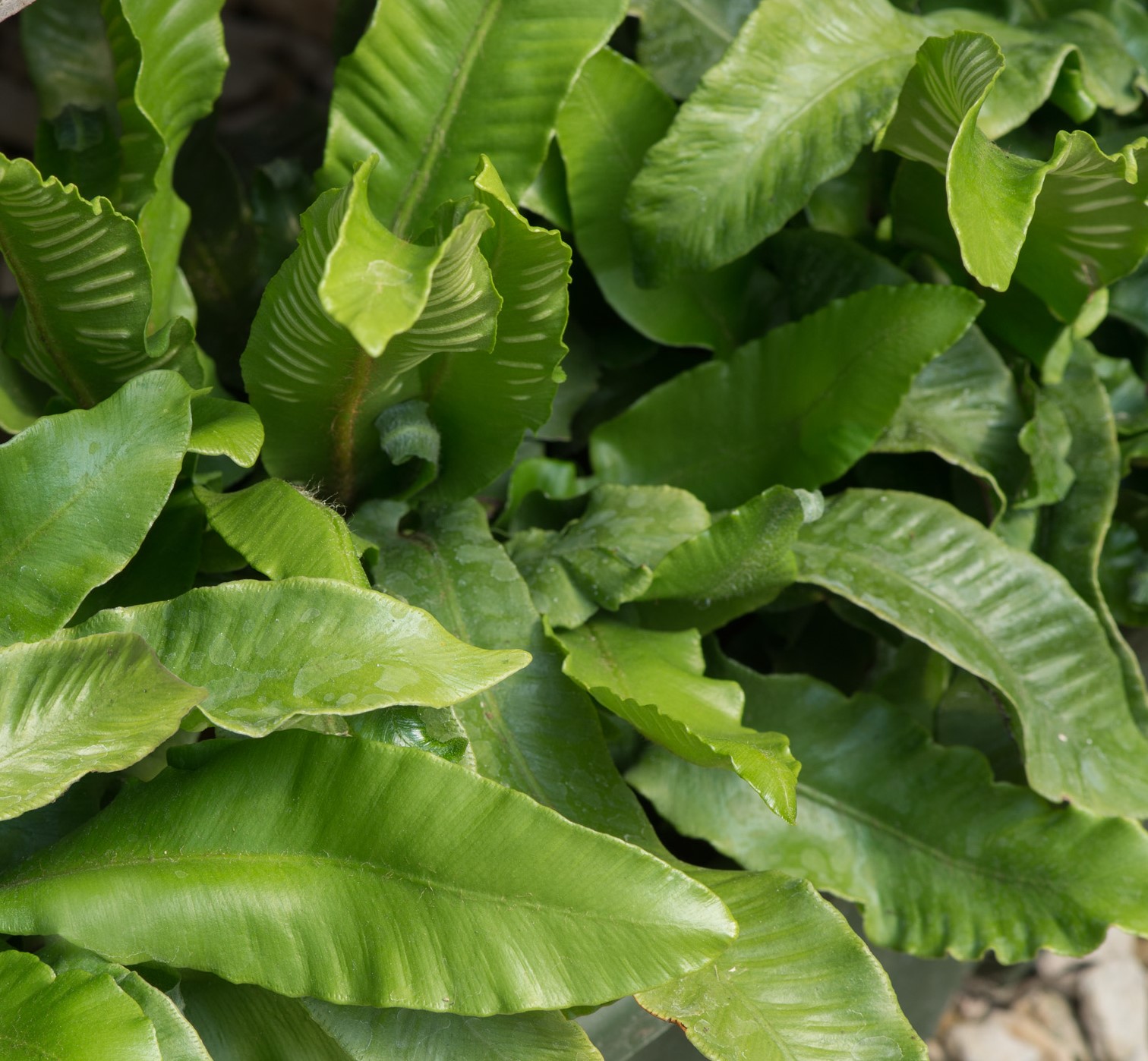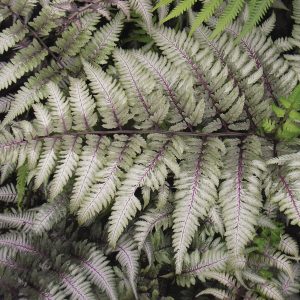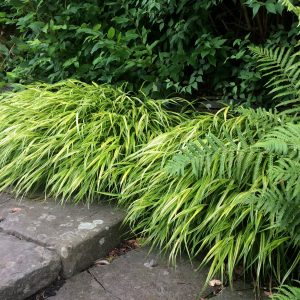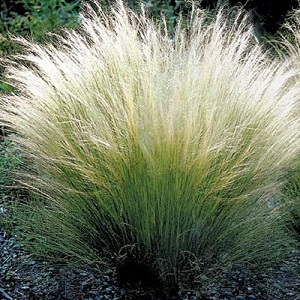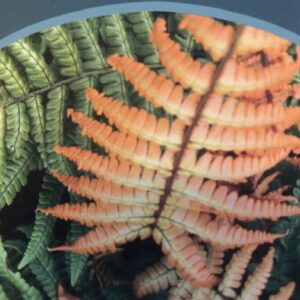Ferns, Perennials
Hart’s Tongue Fern.
Asplenium scolopendrium
£11.99
Hart’s Tongue Fern. 
Evergreen shuttlecock-like crowns of bright, glossy green, often waved, fronds, heart-shaped at the base.
Max Height 60cm. Max Spread 60cm. Partial shade. Hardy.
SKU: ASPLENIUM-SC
Categories: Ferns, Perennials
Tags: Evergreen, Ground cover, Paving planting, Shade planting, wall planting, Woodland plant
Related products
-
Rated 0 out of 5
Athyrium nipponicum Pictum
£11.99 Select options This product has multiple variants. The options may be chosen on the product page -
Rated 0 out of 5
Hakonechloa macra Aureola
£9.99 Select options This product has multiple variants. The options may be chosen on the product page -
Rated 0 out of 5
Stipa tenuissima Pony tails
£9.99 Select options This product has multiple variants. The options may be chosen on the product page -
Rated 0 out of 5
Dryopteris wallichiana Jurassic Gold
£11.99 Select options This product has multiple variants. The options may be chosen on the product page

